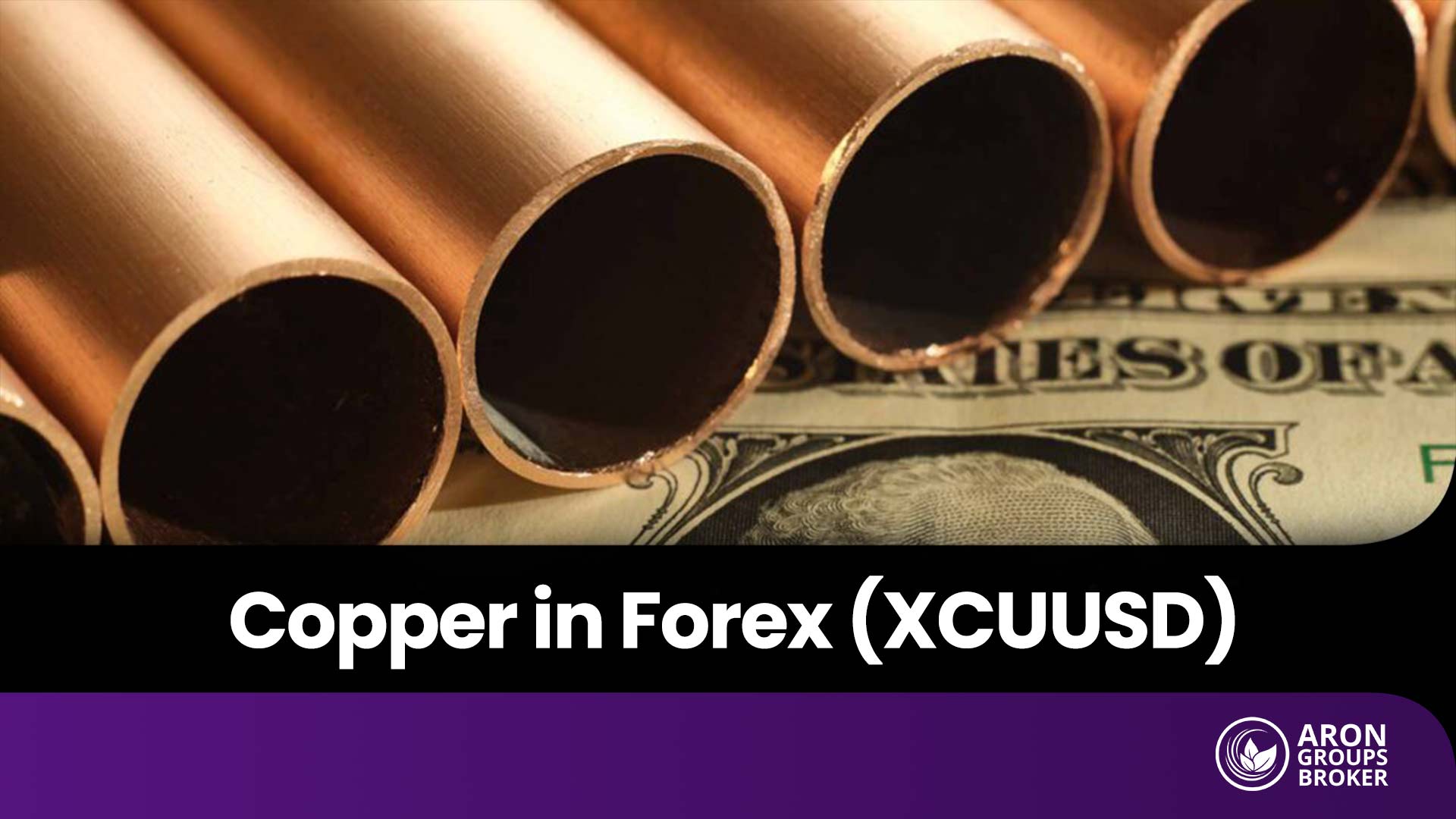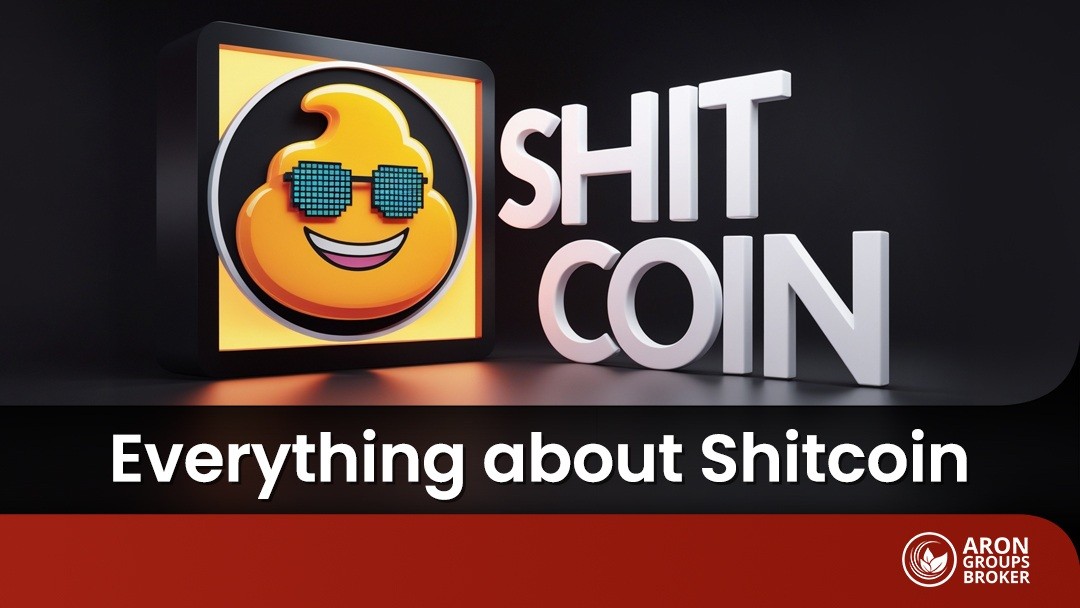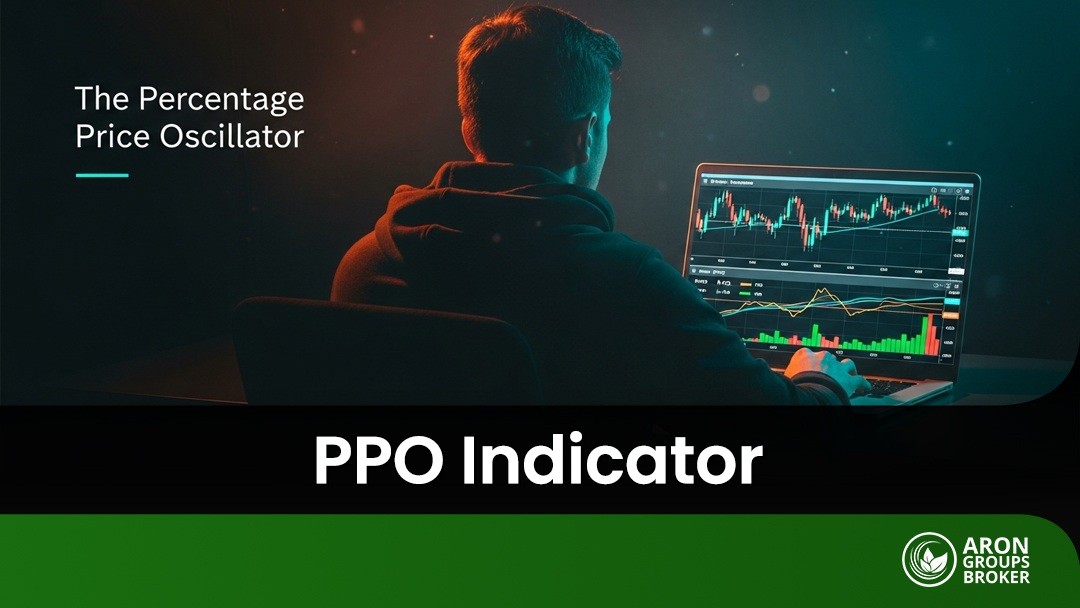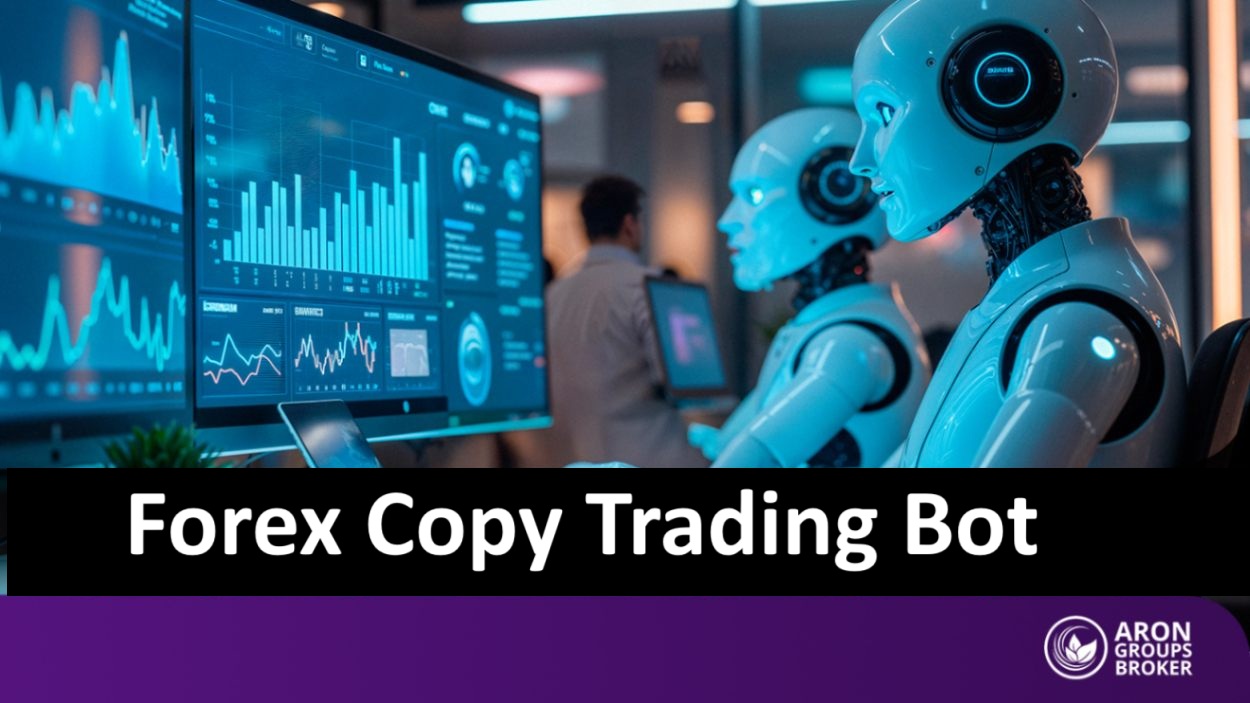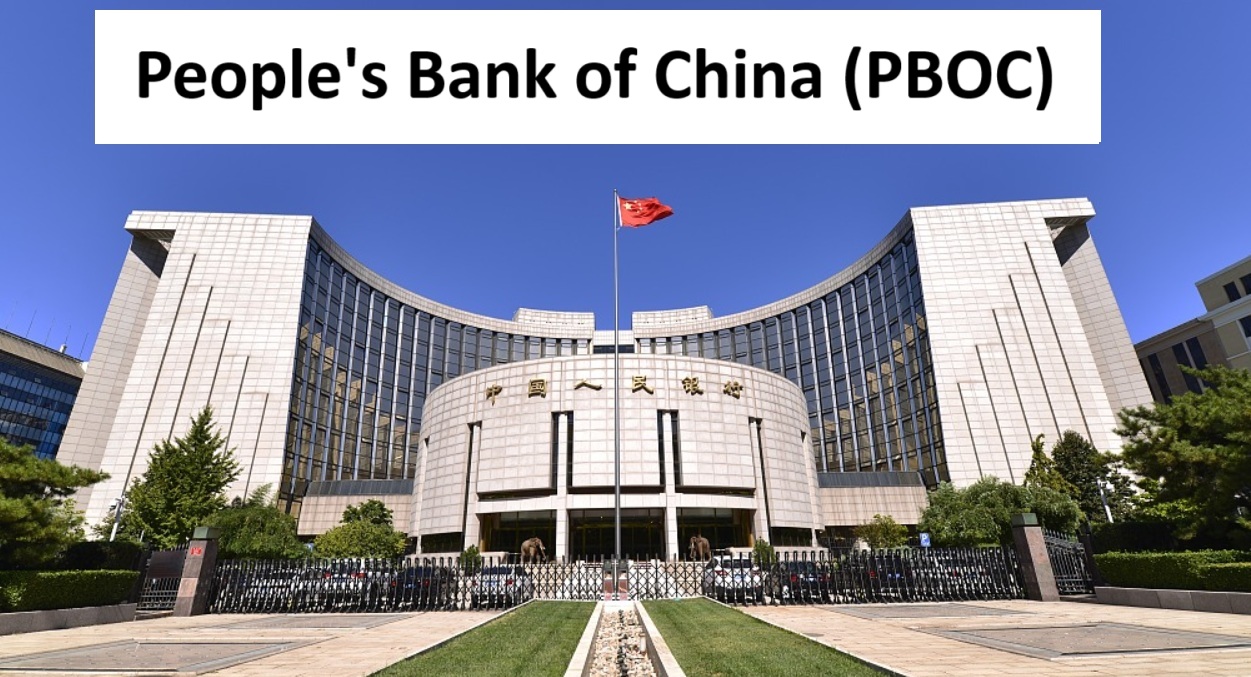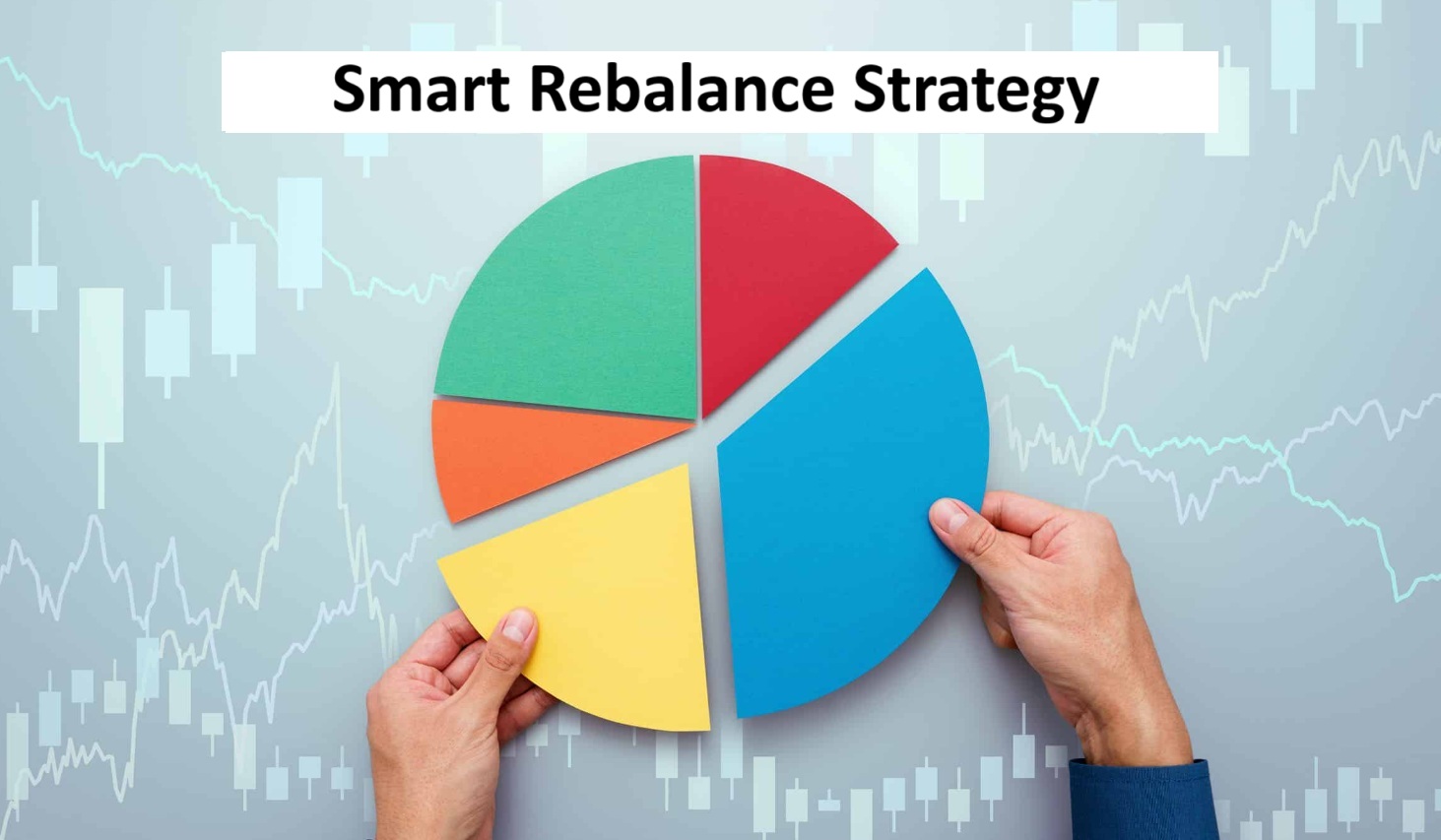The copper symbol in Forex is one of the most attractive trading instruments because of copper’s vital role as a key commodity in global industries. The price of copper, influenced by various factors such as the global economy, supply and demand, and industrial developments, creates unique profit opportunities in the online market.
In this article, we provide a comprehensive guide to trading the copper symbol in Forex, examining the factors affecting its price, profitable strategies, and key tips for success. We will also discuss whether copper is a good choice for trading and short-term speculation. Stay with us until the end of the article.

- Copper prices closely follow global economic health, as the metal is widely used in construction and electronics.
- Geopolitical events in major producers like Chile strongly affect copper prices.
- Copper trading in Forex carries high risk due to its correlation with the US dollar.
- Growing demand from renewable energy and electric vehicles may drive new bullish trends.
What Is the Copper Symbol in Forex and How Is It Traded?
In the Forex market, the copper symbol is usually represented by XCUUSD, which indicates the price of one pound of copper against the US dollar. This symbol is among the most popular trading assets within the commodities category, allowing traders to profit from copper’s price movements without physically owning the metal. These trades are typically executed through CFDs (Contracts for Difference), which free traders from issues related to storage, transportation, and handling of physical copper.
On trading platforms such as TradingView and MetaTrader, copper symbols may appear as XCUUSD, COPPER, or COPPER.fs, depending on the broker. In some platforms, copper futures are also available under the HG ticker, which corresponds to listings on the New York Commodity Exchange (COMEX). This variety of instruments provides flexibility for traders with different strategies and trading styles.
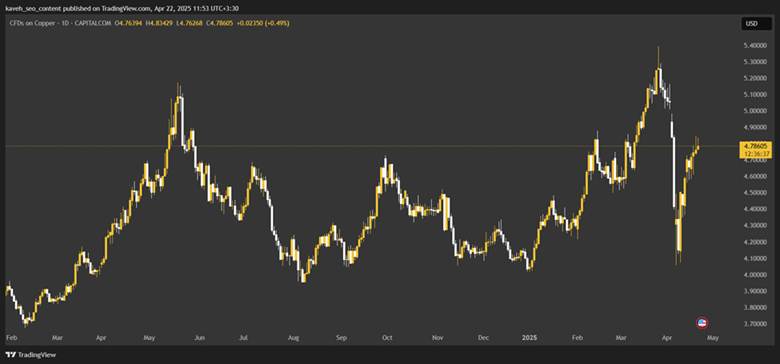
Types of Copper Symbols in the Forex Market
Copper trading symbols in Forex and related markets vary depending on the platform and broker. Understanding these symbols and their characteristics is essential for choosing the right trading strategy. Below are the key copper symbols and their details:- XCUUSD: The most common symbol for copper in Forex, representing the price of one pound of copper against the US dollar.
- COPPER: Used on platforms such as IG and TradingView, and sometimes appears with suffixes like “.fs.” The “.fs” suffix indicates that the data is not sourced directly from an official exchange but rather from the broker’s internal pricing feed.
- HG: The symbol for copper futures traded on the COMEX exchange. It is mainly used by traders interested in futures or options markets.
- LME Copper: Represents physical copper contracts traded on the London Metal Exchange (LME). This instrument is primarily used by institutional investors and long-term traders.
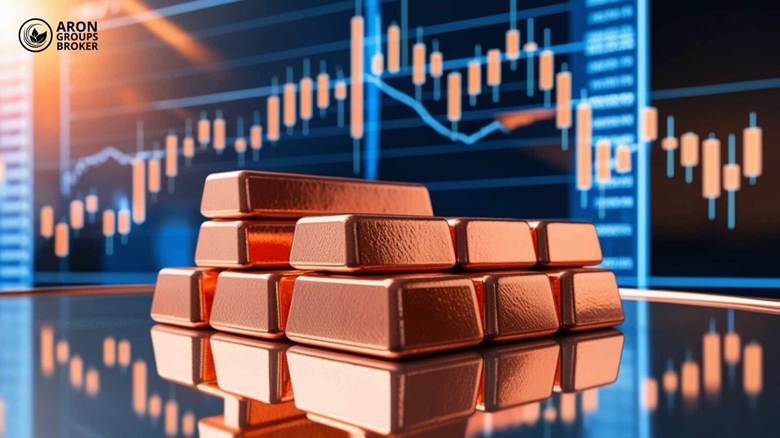

For traders seeking high liquidity, short-term volatility, and fast order execution, copper CFDs offer a more flexible option compared to futures or physical contracts.
Factors Affecting Copper Prices in Financial Markets
As noted by Investopedia, the factors influencing copper prices in financial markets are numerous and complex. Understanding these dynamics is essential for successful trading. As an economic indicator, the price of copper is primarily driven by the following factors:
- Supply and demand;
- Industrial growth;
- Monetary policies.
Below, we will examine each of these key factors in detail.
The Impact of Supply and Demand on Copper Prices
Supply and demand play a fundamental role in determining the global price of copper. The balance between global production and industrial consumption dictates the overall market direction.
Supply disruptions such as labor strikes at Chilean mines, which produce about 28 percent of the world’s copper, or natural disasters like floods in Peru, can reduce supply and push prices higher. For example, in 2020, mine shutdowns due to the COVID-19 pandemic reduced global production by 3.7 percent.
Warehouse inventories also influence copper prices. A decline in inventories on the London Metal Exchange (LME) often signals tighter supply and rising prices, while increased production or reduced industrial demand, such as a slowdown in construction, can push prices lower. Traders should monitor production and inventory reports to anticipate trends in copper’s supply and demand balance.
The Role of China’s Economy and Industrial Growth
China, as the world’s largest copper consumer with more than 50 percent of global demand, plays a decisive role in global copper price movements. Rapid industrial growth and large-scale infrastructure projects have made China a key driver of copper demand.
The country’s investments in green energy and electric vehicle production, which requires up to 3.8 times more copper than conventional vehicles, have significantly boosted demand.
When China’s key economic indicators such as GDP, industrial output, and infrastructure investment rise, copper demand increases and prices strengthen in global markets. For example, in 2020, China’s post-pandemic recovery plan included massive infrastructure investments that drove copper prices sharply higher.
On the other hand, economic slowdowns or tightening monetary policies in China can reduce copper consumption and lower prices. For this reason, analysts in financial markets closely monitor China’s economic data to forecast future copper price trends.
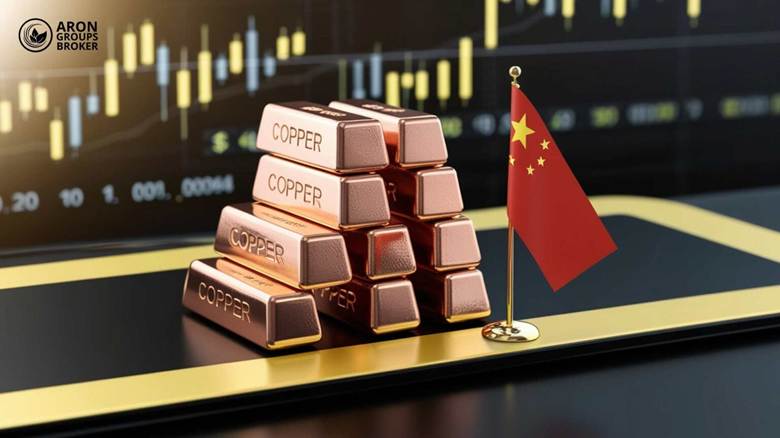
The Effect of the US Dollar and Federal Reserve Policies on Copper Prices
Is copper correlated with the US dollar? Yes. Copper and the US dollar usually have an inverse relationship since copper is priced in dollars. When the dollar strengthens, as it did in 2022 following the Federal Reserve’s rate hikes, copper becomes more expensive for foreign buyers, reducing demand and driving prices lower. During that period, copper fell about 25 percent from its peak of five dollars in March 2022.
Currency fluctuations are also influenced by the Federal Reserve’s monetary policy. For example, the rate cut in September 2024, combined with China’s 3.95 trillion yuan stimulus, pushed copper price forecasts to 10,265 dollars per ton in the fourth quarter of 2024.
Changes in interest rates and monetary tightening, such as raising rates to control inflation, can reduce global demand for copper. Therefore, traders should carefully watch movements in the US dollar and decisions by the Federal Reserve when analyzing copper price trends.
Advantages and Disadvantages of Copper Trading
Copper offers attractive trading opportunities due to its wide industrial applications and price volatility, but it also carries certain risks. Below, we examine these aspects and compare them with other precious metals.
Advantages of Copper Trading are:
- High liquidity: Copper enjoys strong liquidity in major markets such as COMEX and the LME, allowing for fast and efficient trade execution.
- Profitable volatility: Copper’s price fluctuations, such as the 20 percent rise in 2021 driven by Chinese demand, create short-term profit and loss opportunities.
- Portfolio diversification: As an industrial metal, copper adds a different layer of diversification to a portfolio compared to traditional precious metals like gold and silver.
Disadvantages of Copper Trading are:
- High volatility risk: Copper prices are highly sensitive to global economic conditions. For instance, a 25 percent drop occurred in 2020 due to the impact of COVID-19, highlighting the market’s volatility risk.
- Trading costs: Spreads ranging from two to six pips and commissions charged by some brokers can increase overall trading expenses.
- Dependence on global economic growth: Unlike gold, which tends to rise during crises, copper prices usually decline during economic downturns.
Below is a summary table outlining the main advantages and disadvantages of trading copper:
| Advantages of Copper Trading | Disadvantages of Copper Trading |
|---|---|
| High liquidity in COMEX and LME markets | High volatility risk (such as the 25% drop in 2020) |
| Profitable price swings (for example, a 20% rise in 2021) | Trading costs including spreads of 2–6 pips and commissions |
| Portfolio diversification compared to gold and silver | Dependence on global economic growth and recessions |

Copper shows higher volatility than gold and silver because it is closely tied to industrial growth. While gold is more stable with around 10 percent annual fluctuation, copper and silver can reach up to 20 percent, making copper a riskier but more appealing choice for short-term traders.
Is Copper a Good Choice for Trading and Short-Term Speculation?
The answer depends on your trading strategy and risk tolerance. Copper has strong potential for both short-term and long-term trading because of its high industrial demand and market volatility.
Compared with other commodities, copper is more volatile than gold, which moves about 10 to 12 percent a year, and similar to silver, which fluctuates around 15 to 20 percent. In 2021, copper prices rose by about 20 percent, creating good opportunities for traders. These fluctuations, especially those caused by China’s economic data or Federal Reserve decisions, make copper attractive for short-term trades.
For long-term investing, rising demand in green energy sectors such as electric vehicles, which need about 3.8 times more copper than regular cars, makes copper a promising option.
Risk management is essential. Beginners should use demo accounts, set stop-loss orders, and risk only 1 to 2 percent of their capital per trade. Experienced traders can use technical analysis tools like RSI and follow fundamental data such as LME reports.
In summary, copper can be a good choice for trading and speculation if you approach the market with proper education, discipline, and risk control.

What Is the Best Session to Trade Copper (XCUUSD)?
This question matters for traders who look for high liquidity and strong price movements. The Forex market operates through four main sessions: Sydney, Tokyo (Asia), London, and New York.
The best time to trade copper (XCUUSD) is during the overlap between the London and New York sessions, when more than 50 percent of global trading volume occurs. This overlap, between 13:00 and 17:00 GMT, offers the highest liquidity and volatility, making it ideal for short-term trading.
During these hours, major economic news such as China’s industrial production reports and Federal Reserve decisions are often released, which can significantly affect copper prices. The Asian session (00:00 to 09:00 GMT) is usually quieter and better suited for low-volatility trading.
| Session | Time (GMT) | Best for Copper Trading |
|---|---|---|
| Asia (Tokyo) | 00:00 – 09:00 | No, low volatility |
| London | 08:00 – 17:00 | Yes, high liquidity |
| New York | 13:00 – 22:00 | Yes, high volatility |
Profitable Strategies for Trading Copper in Forex
Trading copper in the Forex market requires precise and structured strategies because of its strong volatility and sensitivity to fundamental factors. The best strategy depends on the trader’s style, investment goals, and risk tolerance. In general, combining fundamental and technical analysis produces the best results.
Fundamental Analysis
In this approach, traders focus on macroeconomic data that directly affect copper prices. Important indicators include China’s industrial production, supply conditions in major producing countries like Chile, PMI data, LME warehouse inventories, and interest rate decisions by the Federal Reserve. These factors shape long-term market trends and can shift the overall direction of copper prices.
Technical Analysis
Technical strategies help traders identify precise entry and exit points. Patterns such as triangles and channels, along with support and resistance levels, can guide trading decisions. Price action methods and tools like Fibonacci retracements, RSI, and moving averages are also useful. Monitoring trading volume and focusing on the overlap between the London and New York sessions often improves results because market activity and volatility are higher during this time.
Breakout Strategy
Another effective method is breakout trading. In this strategy, traders wait for price levels to break and confirm their trades using strong candles or high trading volume. This approach works well during major economic news releases or when large movements occur in the base metals market.
Copper Exchange-Traded Funds (ETFs)
Copper exchange-traded funds (ETFs) allow investors to gain exposure to copper prices without owning the physical metal. An ETF trades on the stock exchange just like a regular share and usually tracks the performance of copper price indexes or mining companies involved in copper production.
Some of the most popular copper-related ETFs include the Global X Copper Miners ETF (COPX) and the United States Copper Index Fund (CPER). Their performance is closely correlated with global copper prices. These instruments carry lower operational risk compared to direct trading and are suitable options for portfolio diversification, especially during periods of industrial growth or high inflation.

Because of their easy accessibility, high liquidity, and suitability for long-term holding, copper ETFs have become one of the most popular indirect ways to invest in this strategic metal.
Conclusion
The copper symbol in Forex opens the door to a dynamic and thriving world of commodity trading. This market offers a unique opportunity to diversify your portfolio and benefit from global economic trends. To succeed, traders should focus on continuous learning, follow economic news closely, and practice using demo accounts to strengthen their skills.
Success in trading this red metal comes from planning and analysis, not luck. Use the available tools and trading platforms to make informed decisions. Since the factors influencing copper prices are constantly changing, stay flexible and adjust your strategy according to market conditions.












